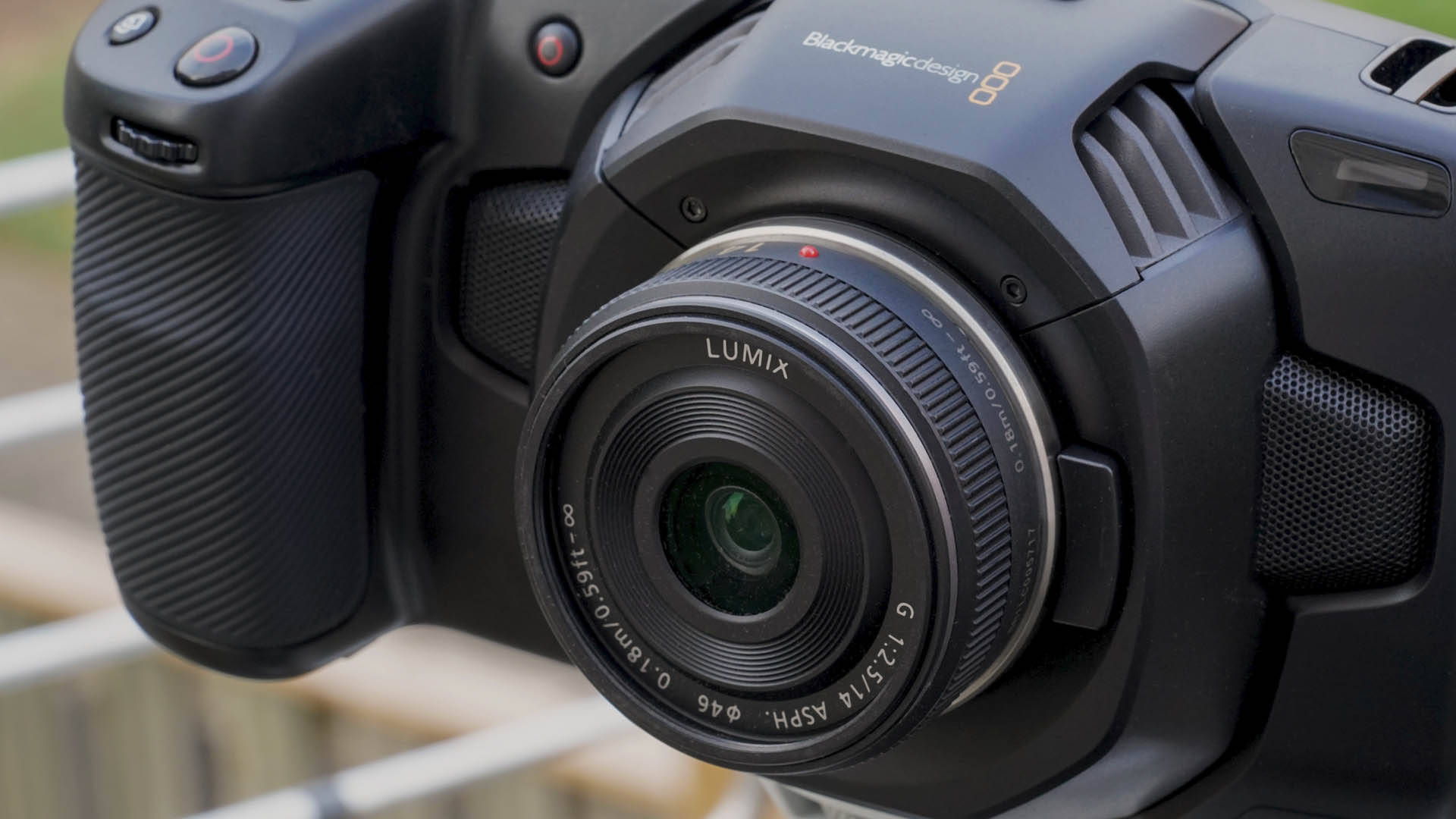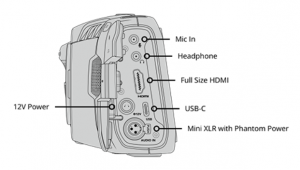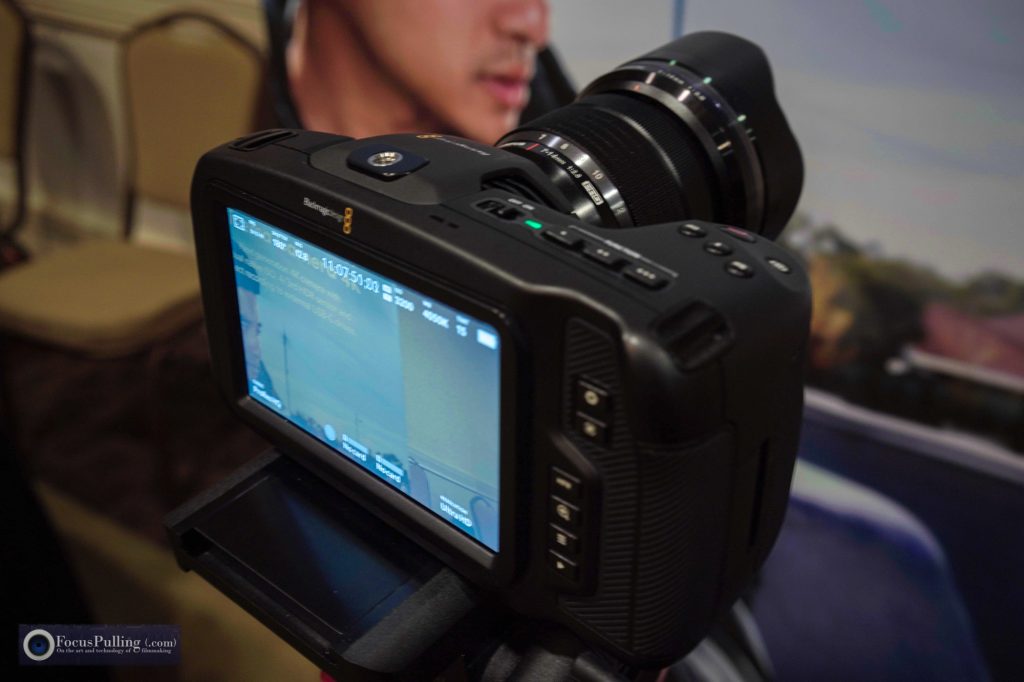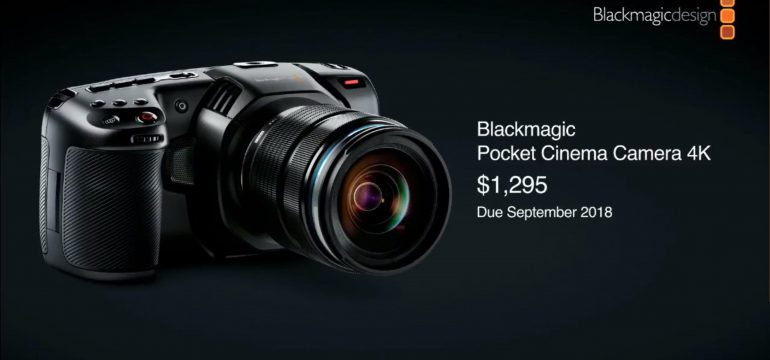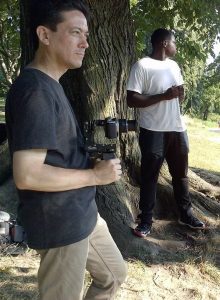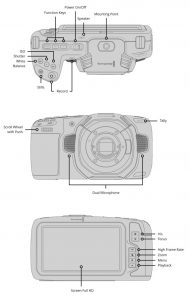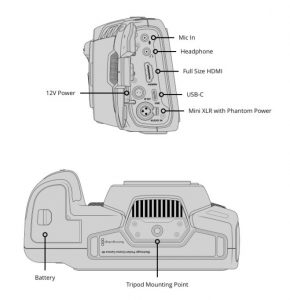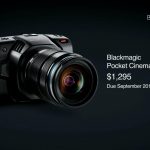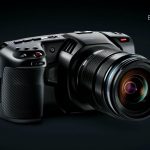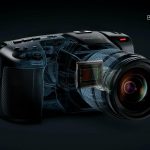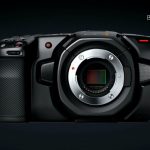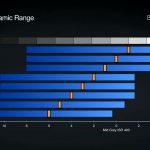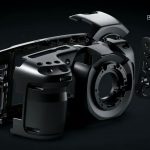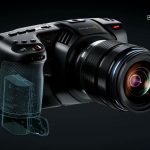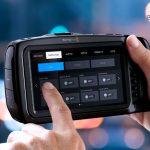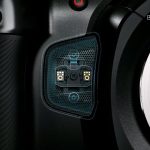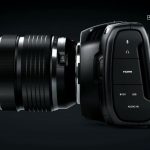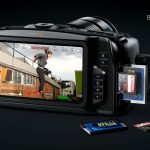The headlining video for this page runs over 2¼ hours. It is the most comprehensive guide anywhere to the Blackmagic Pocket Cinema Camera 4K’s menus and features. For your convenience, the below interactive guide breaks this video down into organized sections, taking you directly to a discrete explanation of whatever menu page or feature you’re interested in. Just click it, and a video will play back with a detailed explanation. Use the top index to skip around between menu tabs and pages.
I got inspired to throw this together after creating a menu guide for the Sony a7R III, after lessons learned from an ongoing trans-media creative project of mine (at www.95thesesfilm.com/concordance), and a full test run using the BMPCC4K to create my film America premiering tomorrow at the Rabbit Heart Poetry Film Festival. So, I’ve combined sample footage from that project, with comments about the camera (triggered by explaining its menus and features), resulting in a hybrid resource of: complete product tutorial, review, and footage samples.
Previously here, I wrote up a deep dive into lingering niche technical questions, that the other blogs/vlogs were skipping or getting wrong, in the weeks leading up to the camera’s release. When Blackmagic gave me direct answers, and I got my paws on the camera early, I typed it all up, and it’s still worth checking out if you haven’t: www.focuspulling.com/bmpcc4k-learning
 The BMPCC4K is shipping now via B&H, Adorama, and CVP for a revolutionary low of $1,295, just like the last time around when Blackmagic’s original Pocket changed the world (or at least, rocked mine). You’ve got to admit, it’s an empowering price point for independent filmmakers and film students. And I’m looking forward to watching what you’ll make with it: please share to the Facebook page and the Twitter feed @BMCCusers via joining, and then properly tagging your videos and adding them, to the Vimeo User Group.
The BMPCC4K is shipping now via B&H, Adorama, and CVP for a revolutionary low of $1,295, just like the last time around when Blackmagic’s original Pocket changed the world (or at least, rocked mine). You’ve got to admit, it’s an empowering price point for independent filmmakers and film students. And I’m looking forward to watching what you’ll make with it: please share to the Facebook page and the Twitter feed @BMCCusers via joining, and then properly tagging your videos and adding them, to the Vimeo User Group.
00:00:00 – INTRODUCTION
00:01:16 – SAMPLE CLIPS/TESTS: highlight roll-off, holding the camera steady, internal microphones, rolling shutter, slow-motion
00:04:15 – TUTORIAL SETUP: an a7 III shooting the BMPCC4K that’s shooting the original BMPCC while feeding an Atomos Shogun
00:06:32 – TOUCHSCREEN CONTROLS: button-free, menu-free adjustment of most shooting parameters on the touchscreen
00:39:28 – RECORD 1: ProRes and RAW, 4K DCI vs. UHD vs. HD
00:47:41 – RECORD 2: Dynamic Range, Window Sensor, Project Frame Rate, Off-Speed Recording, Dual Card Slots, Dropped Frames
00:58:19 – RECORD 3: Timelapse, Sharpening, Record LUT to Clip
01:03:12 – MONITOR 1: LCD Clean Feed, Display 3D LUT, Zebras, Focus Assist, Frame Guide, Grid, Safe Area Guide, False Color
01:06:52 – MONITOR 2A: HDMI Clean Feed, Display 3D LUT, Zebras, Focus Assist, Frame Guide, Grid, Safe Area Guide, False Color
01:14:55 – MONITOR 2B: HDMI Status Text
01:17:14 – MONITOR 3A: LCD & HDMI Frame Guides and Opacity, Focus Assist type/level/color, Zebra level
01:24:23 – MONITOR 3B: LCD & HDMI Grids (Thirds/Crosshairs/Center Dot), Safe Area Guide
01:26:30 – AUDIO 1: Channel 1 & 2 Source Selection, Level and Gain
01:29:23 – AUDIO 2: Headphones and Speaker Volume, XLR Phantom Power
01:32:08 – SETUP 1: Date/Time, Language, Shutter Measurement type, Flicker Free Shutter, Image Stabilization, Timecode Drop Frame
01:40:15 – SETUP 2: Function Buttons
01:45:29 – SETUP 3: Tally Light LED/Brightness, Factory Reset, Sensor Calibration, Hardware ID, Software version number, Playback All/Single Clips
01:48:29 – SETUP 4: Bluetooth/remote control
01:49:24 – PRESETS: adding, confirming, updating, importing/exporting, deleting
01:55:49 – LUTs: film log to extended video, REC.2020 and REC.709
02:02:50 – CAMERA BUTTONS: ISO, shutter speed, white balance, record, power
02:04:17 – DUAL NATIVE ISO: tests, comparison between 400 ISO mode and 3200 ISO mode
02:11:25 – CONCLUSION
INTRODUCTION

SAMPLE CLIPS/TESTS: highlight roll-off, holding the camera steady, internal microphones, rolling shutter, slow-motion

TUTORIAL SETUP: an a7 III shooting the BMPCC4K that’s shooting the original BMPCC while feeding an Atomos Shogun
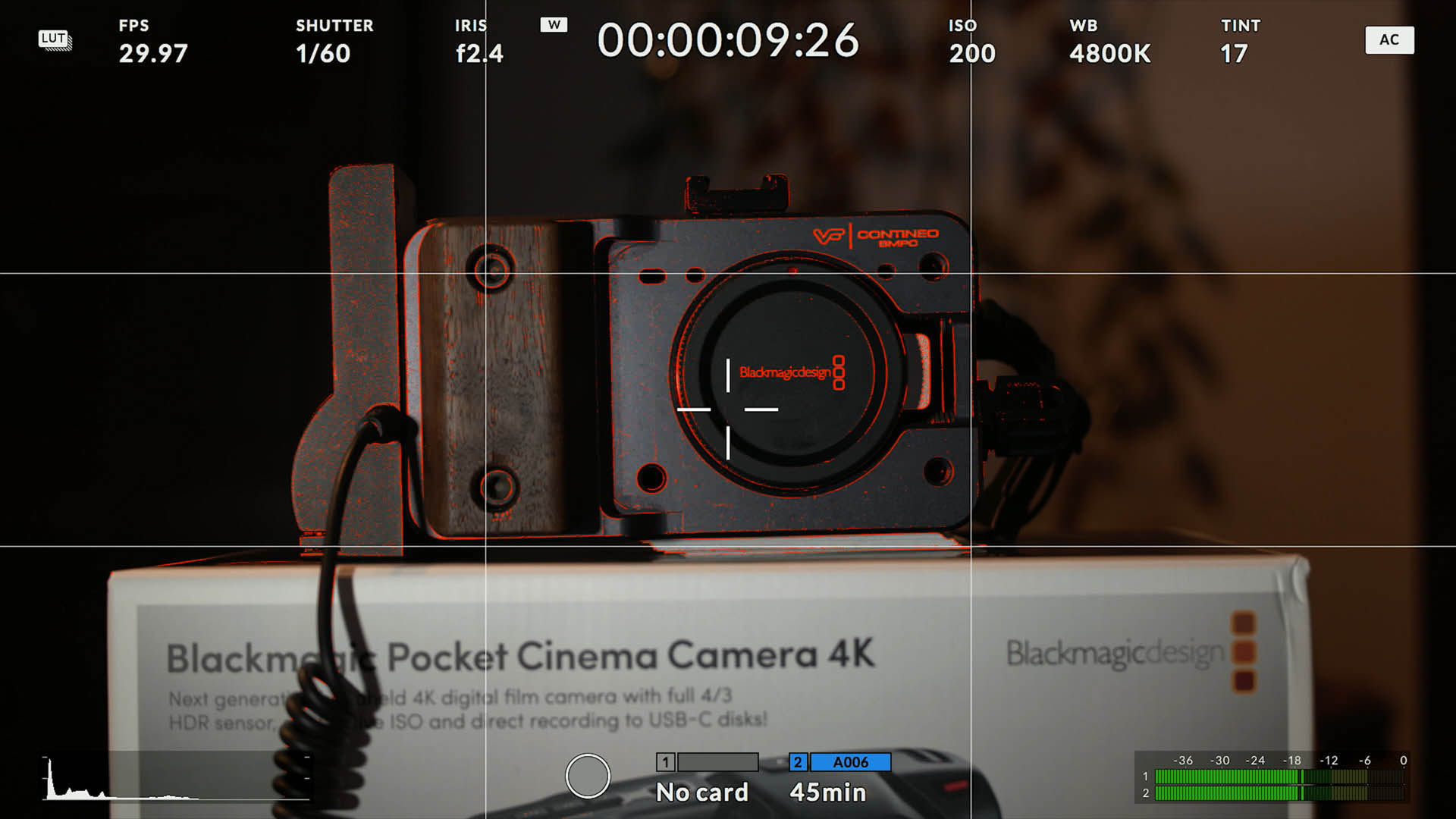
TOUCHSCREEN CONTROLS: button-free, menu-free adjustment of most shooting parameters on the touchscreen
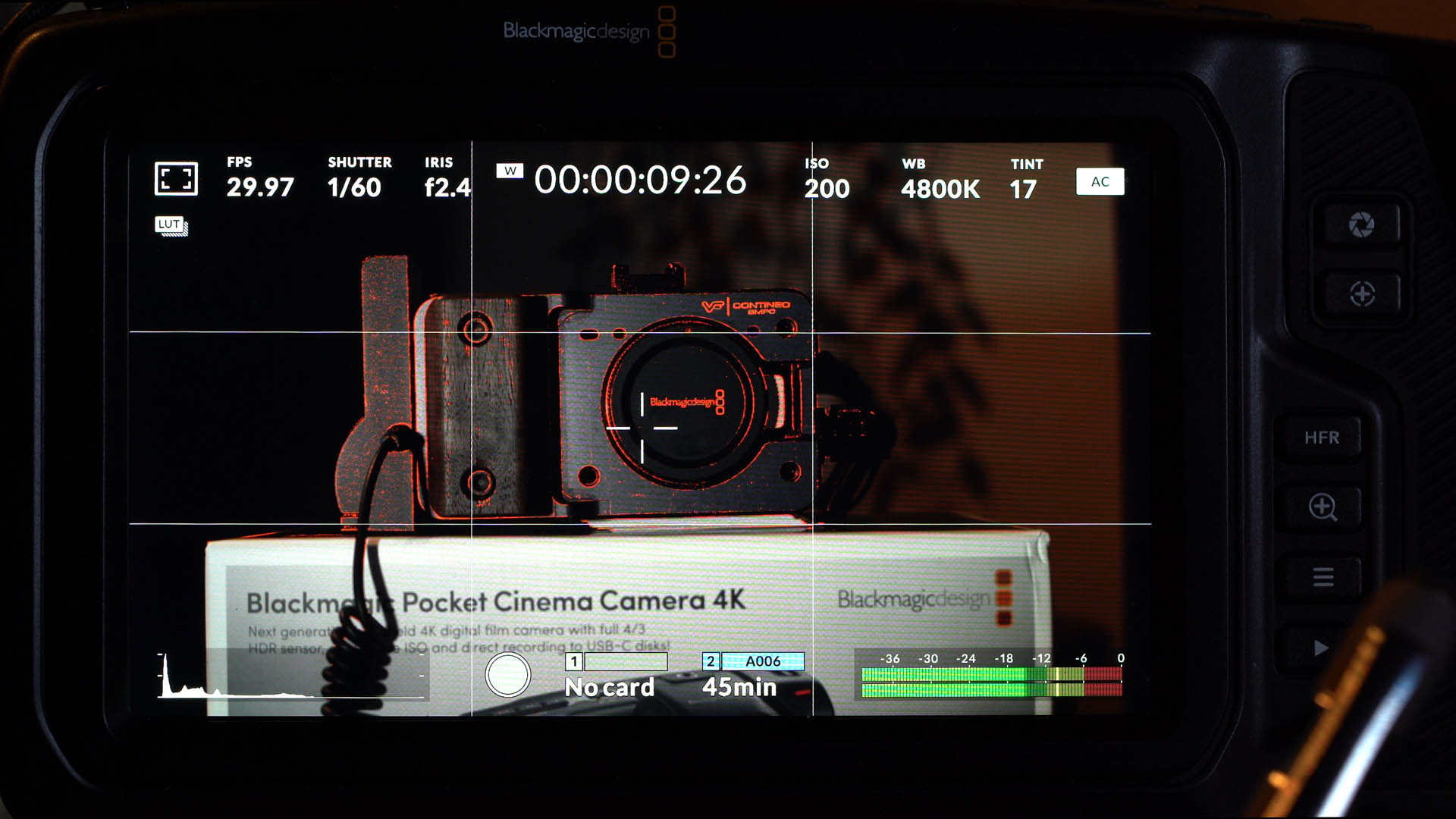
RECORD 1: ProRes and RAW, 4K DCI vs. UHD vs. HD

RECORD 2: Dynamic Range, Window Sensor, Project Frame Rate, Off-Speed Recording, Dual Card Slots, Dropped Frames
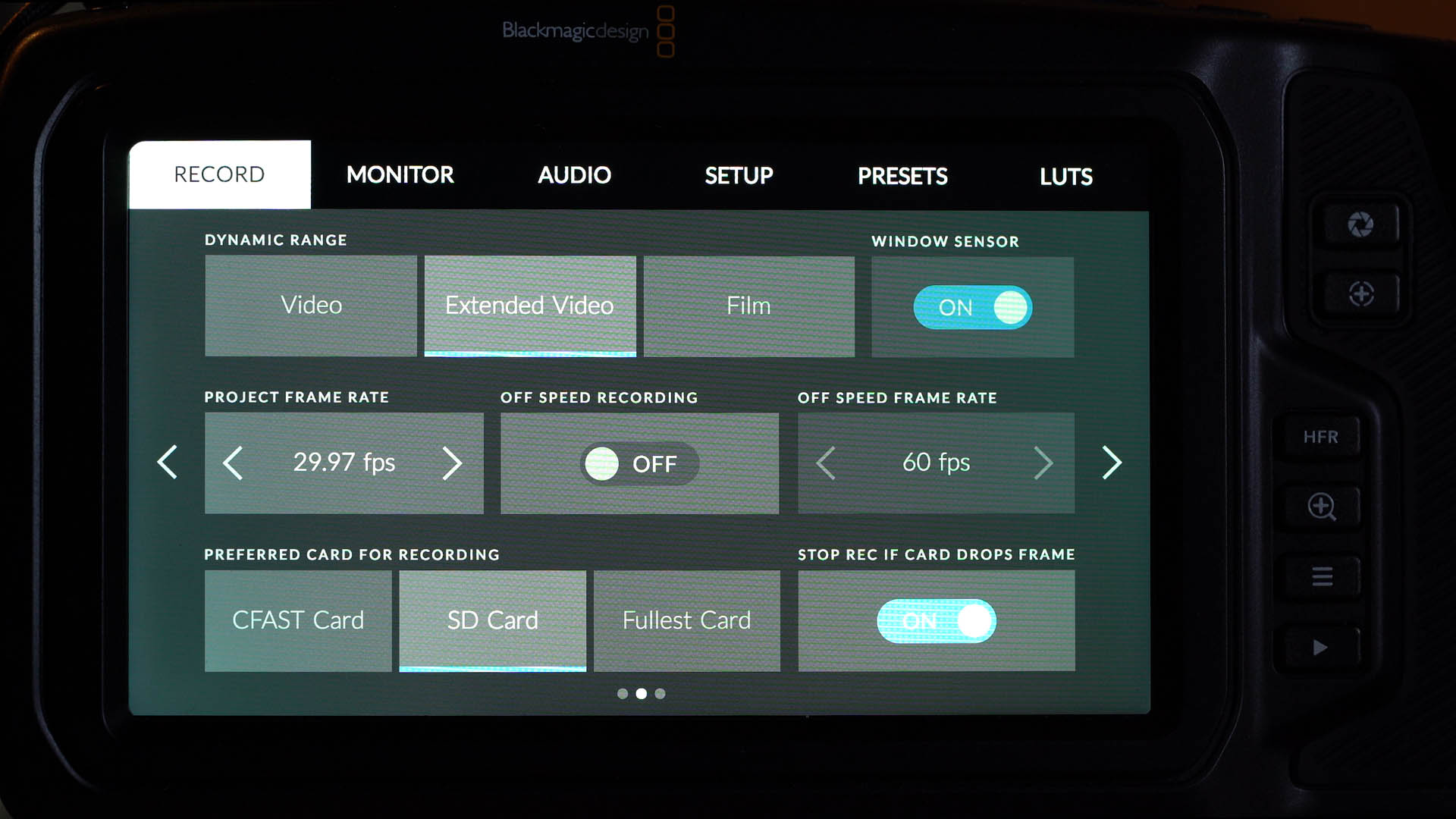
RECORD 3: Timelapse, Sharpening, Record LUT to Clip
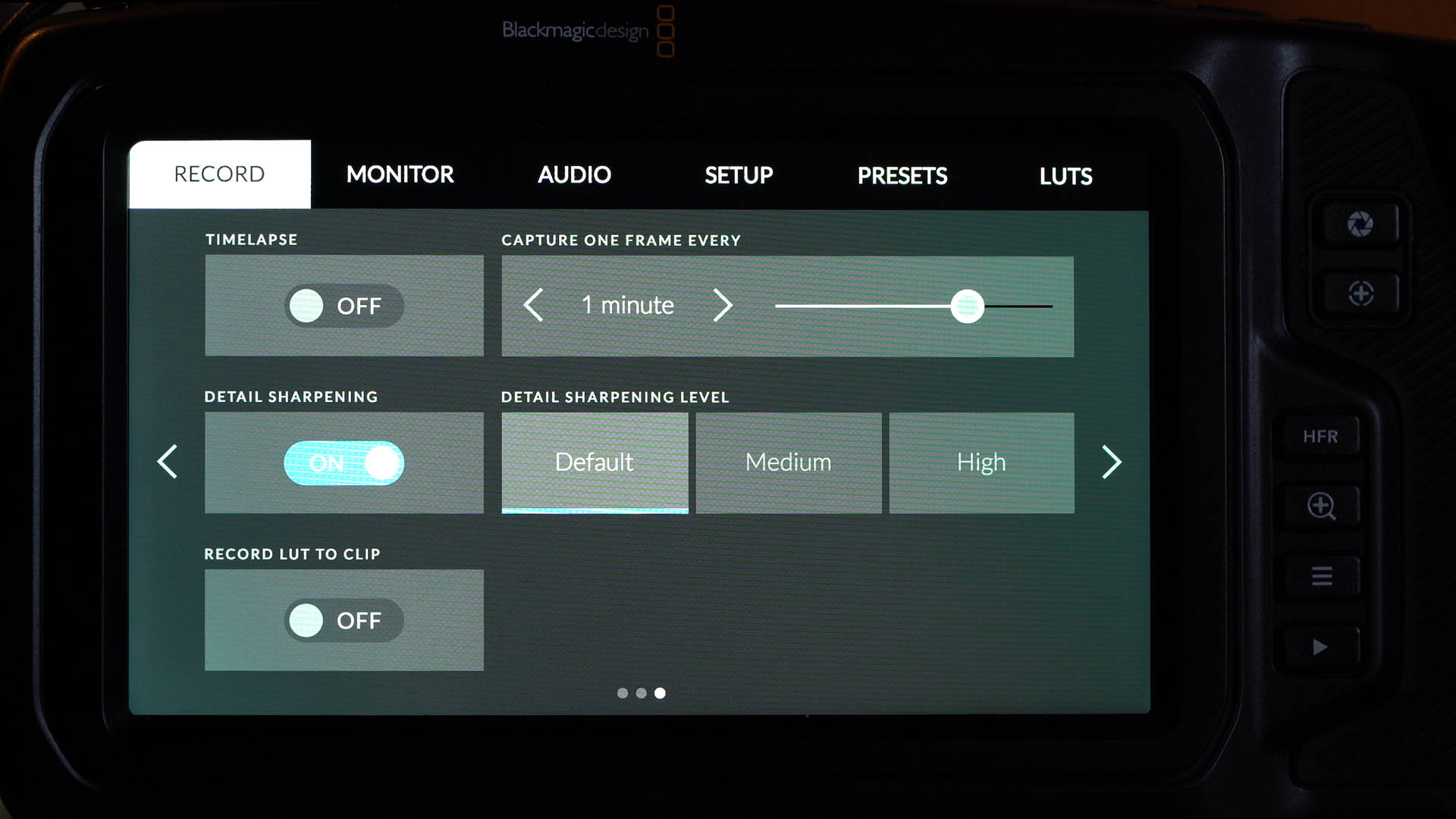
MONITOR 1: LCD Clean Feed, Display 3D LUT, Zebras, Focus Assist, Frame Guide, Grid, Safe Area Guide, False Color
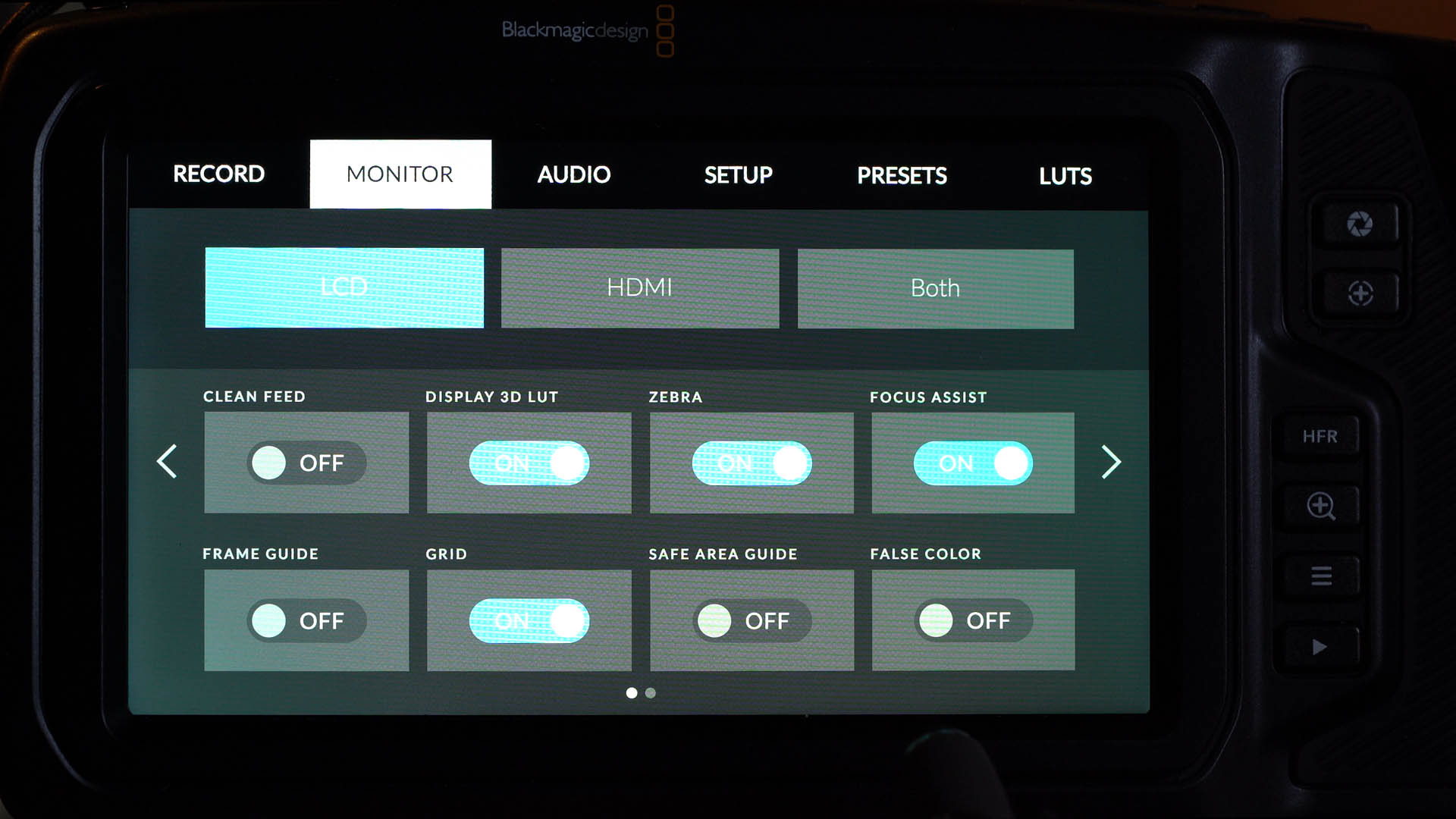
MONITOR 2A: HDMI Clean Feed, Display 3D LUT, Zebras, Focus Assist, Frame Guide, Grid, Safe Area Guide, False Color
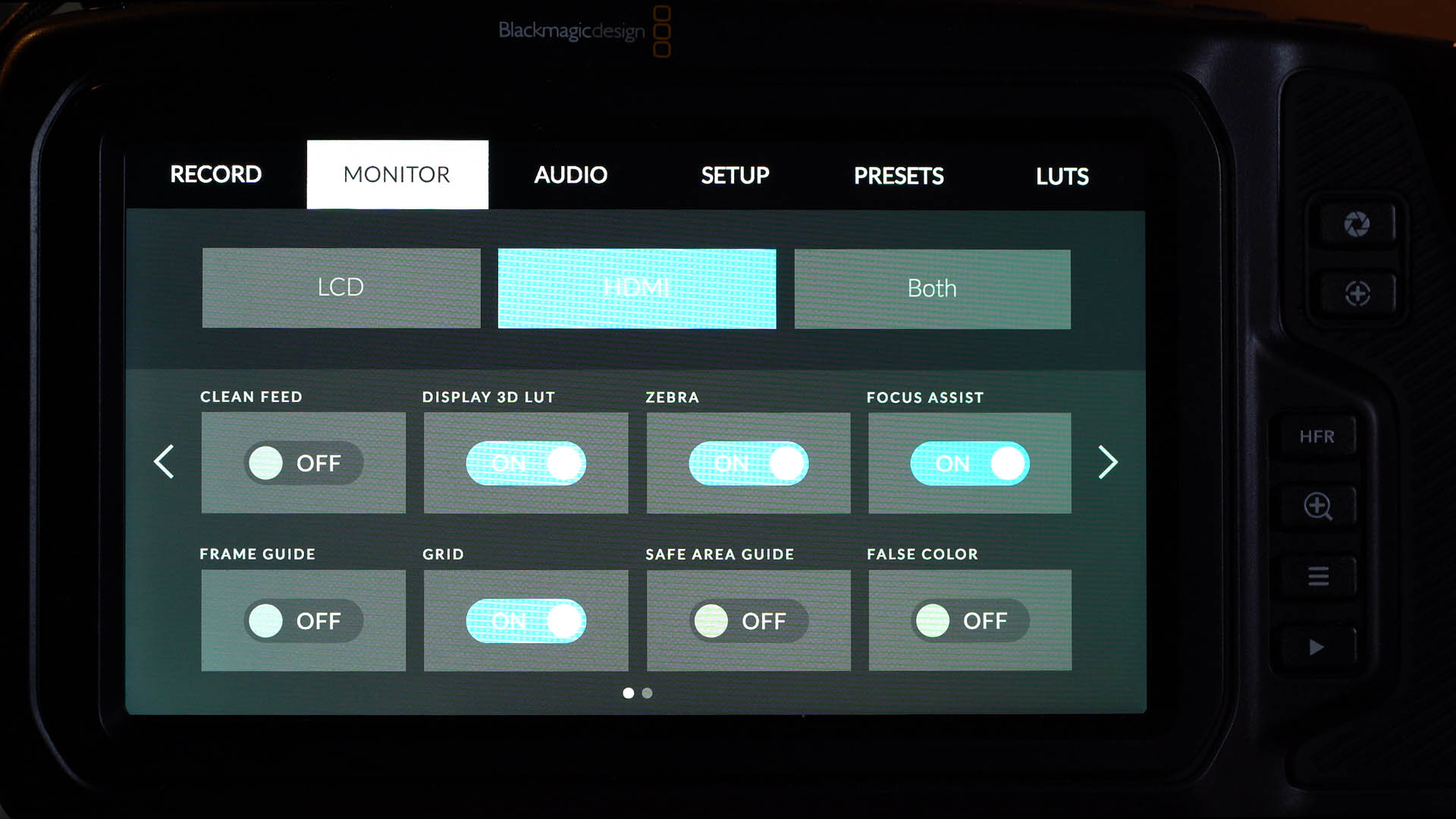
MONITOR 2B: HDMI Status Text
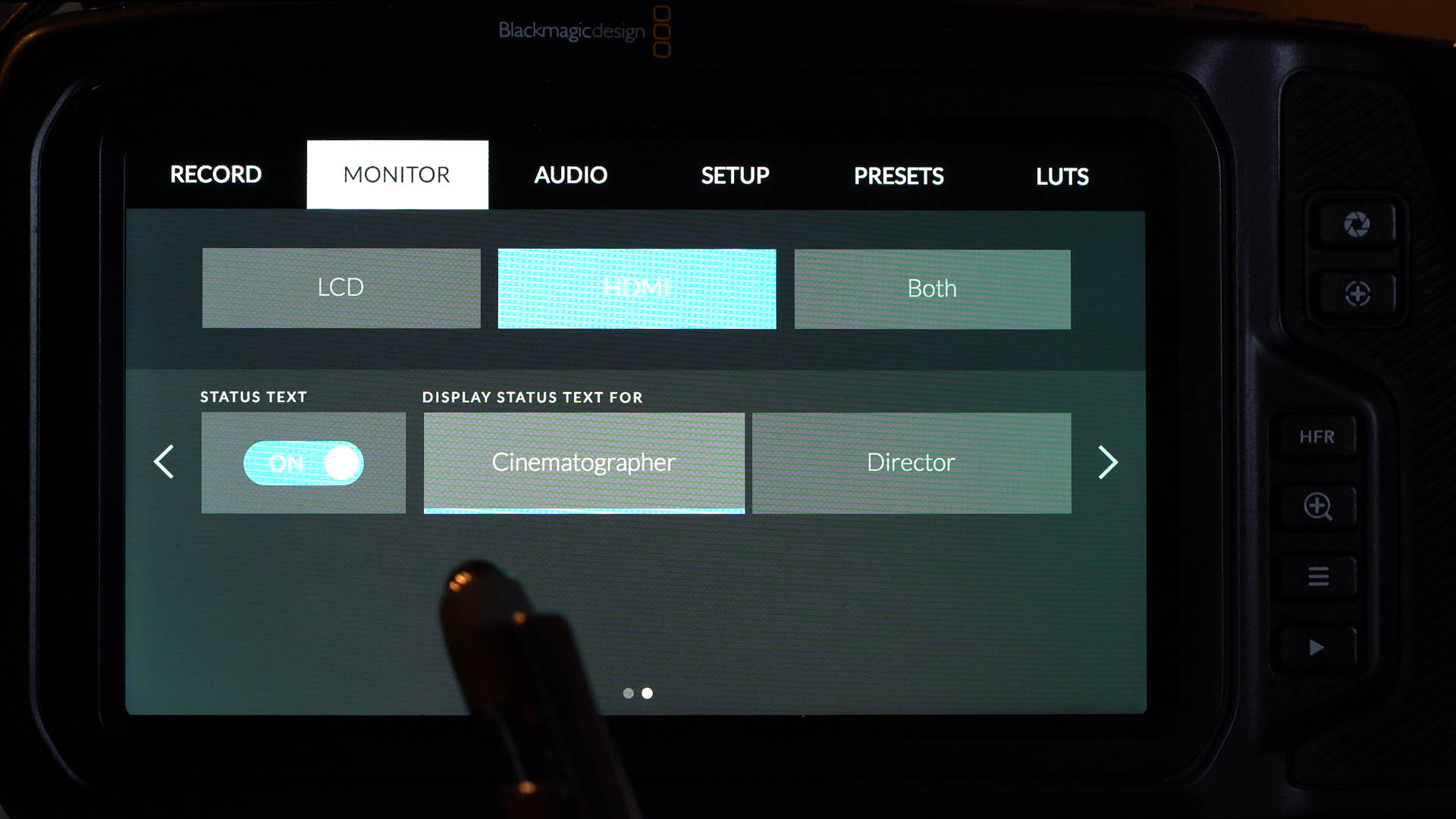
MONITOR 3A: LCD & HDMI Frame Guides and Opacity, Focus Assist type/level/color, Zebra level
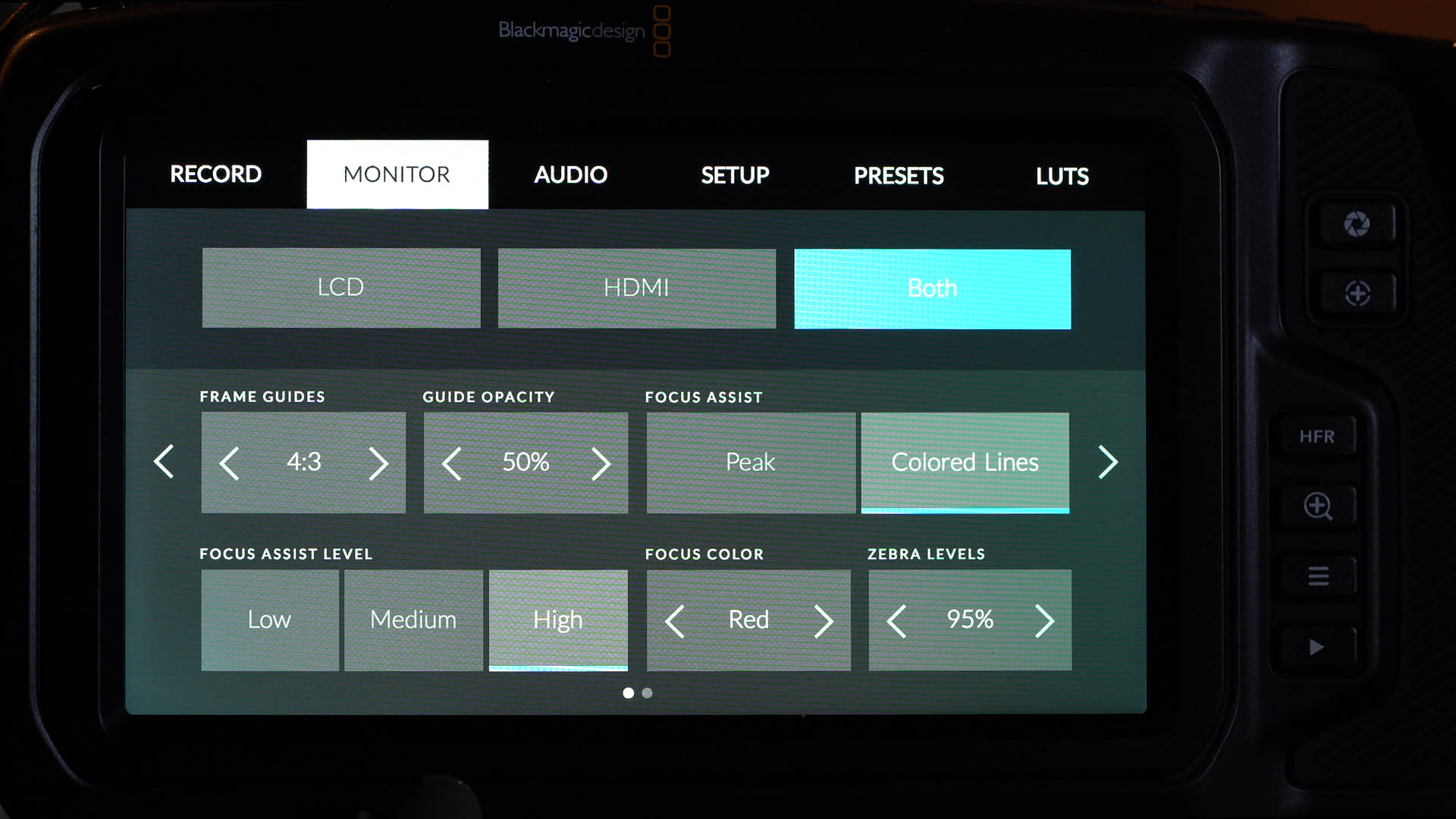
MONITOR 3B: LCD & HDMI Grids (Thirds/Crosshairs/Center Dot), Safe Area Guide %

AUDIO 1: Channel 1 & 2 Source Selection, Level and Gain
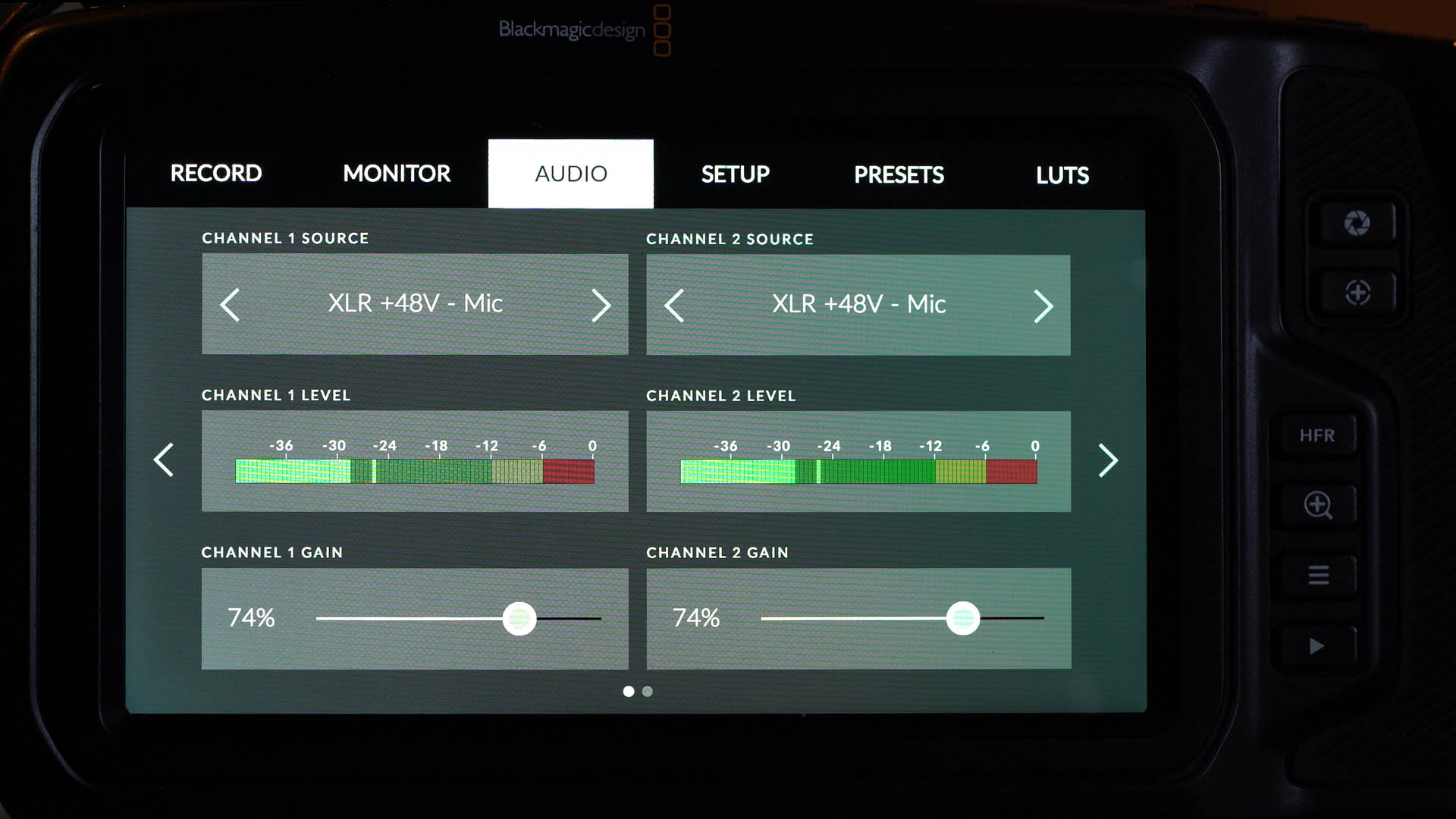
AUDIO 2: Headphones and Speaker Volume, XLR Phantom Power

SETUP 1: Date/Time, Language, Shutter Measurement type, Flicker Free Shutter, Image Stabilization, Timecode Drop Frame

SETUP 2: Function Buttons
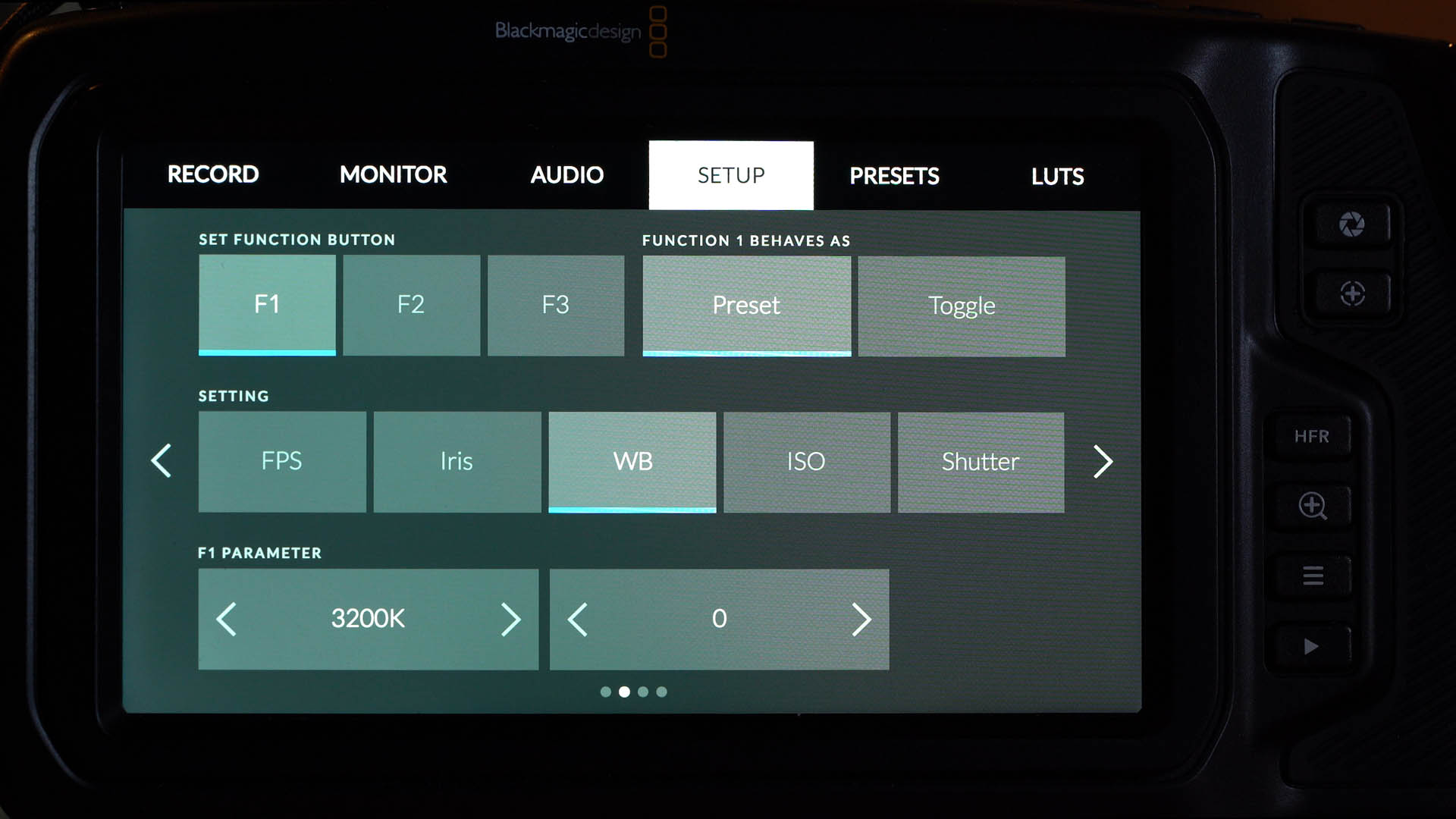
SETUP 3: Tally Light LED/Brightness, Factory Reset, Sensor Calibration, Hardware ID, Software version number, Playback All/Single Clips
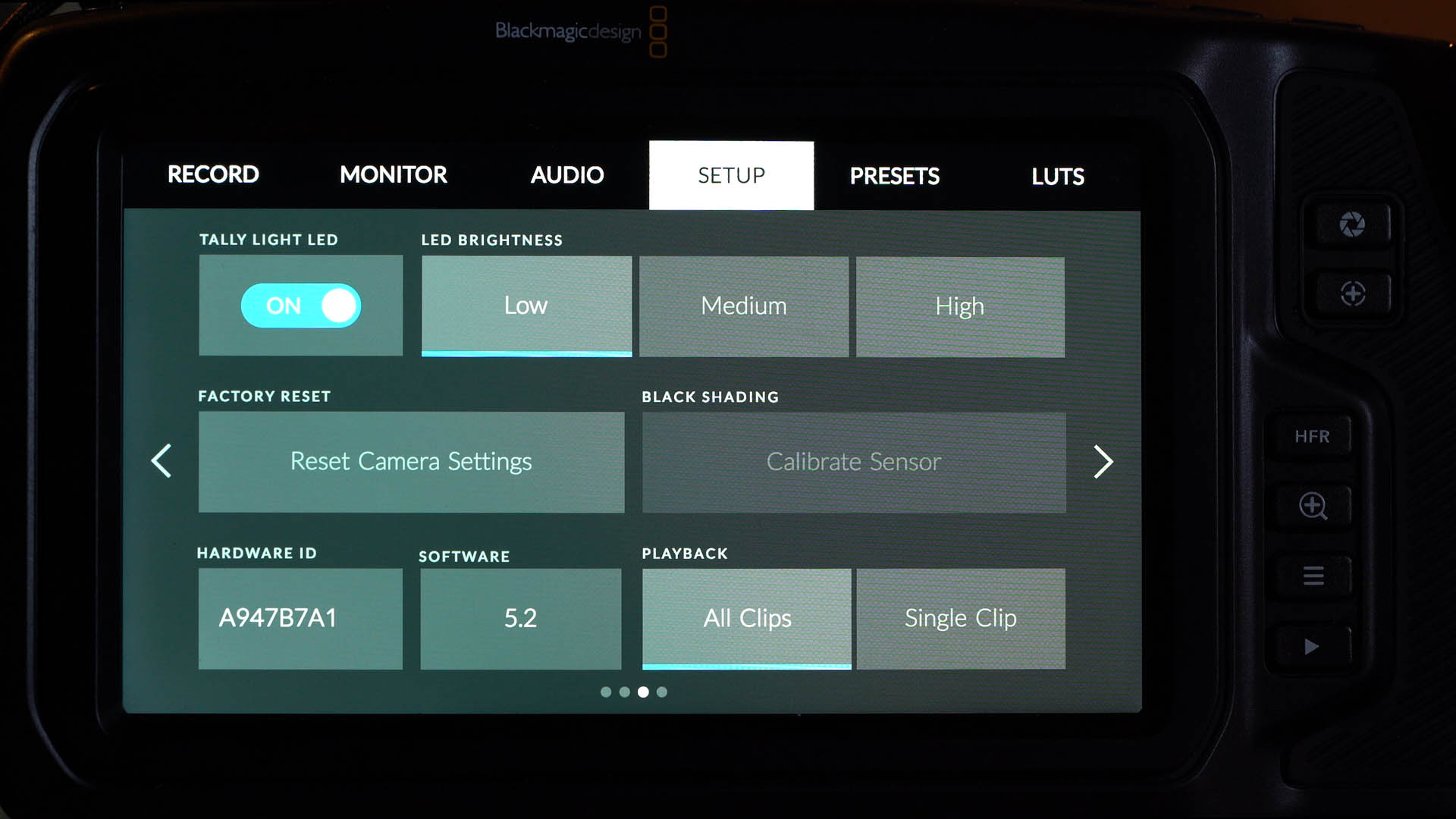
SETUP 4: Bluetooth/remote control
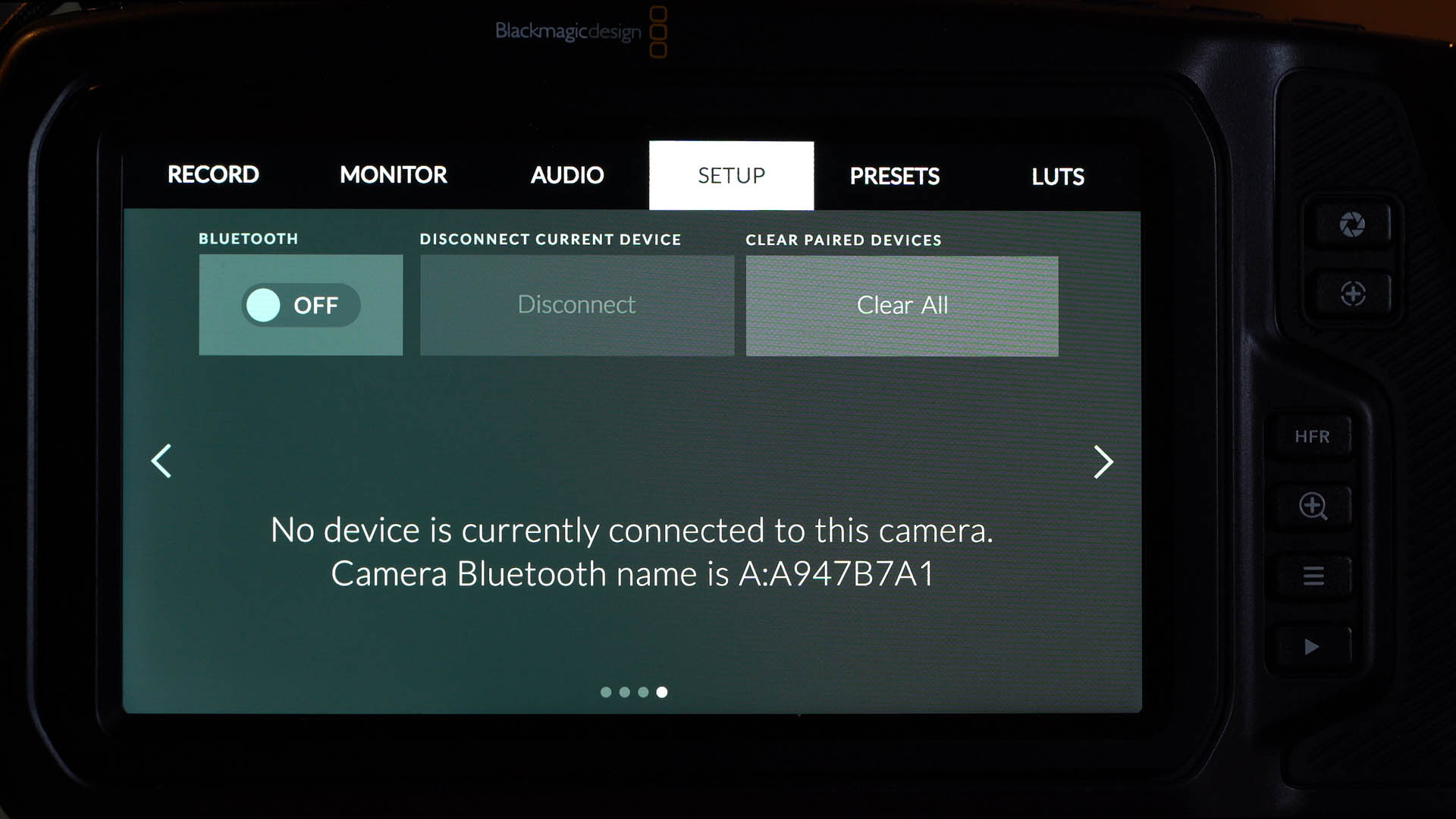
PRESETS: adding, confirming, updating, importing/exporting, deleting
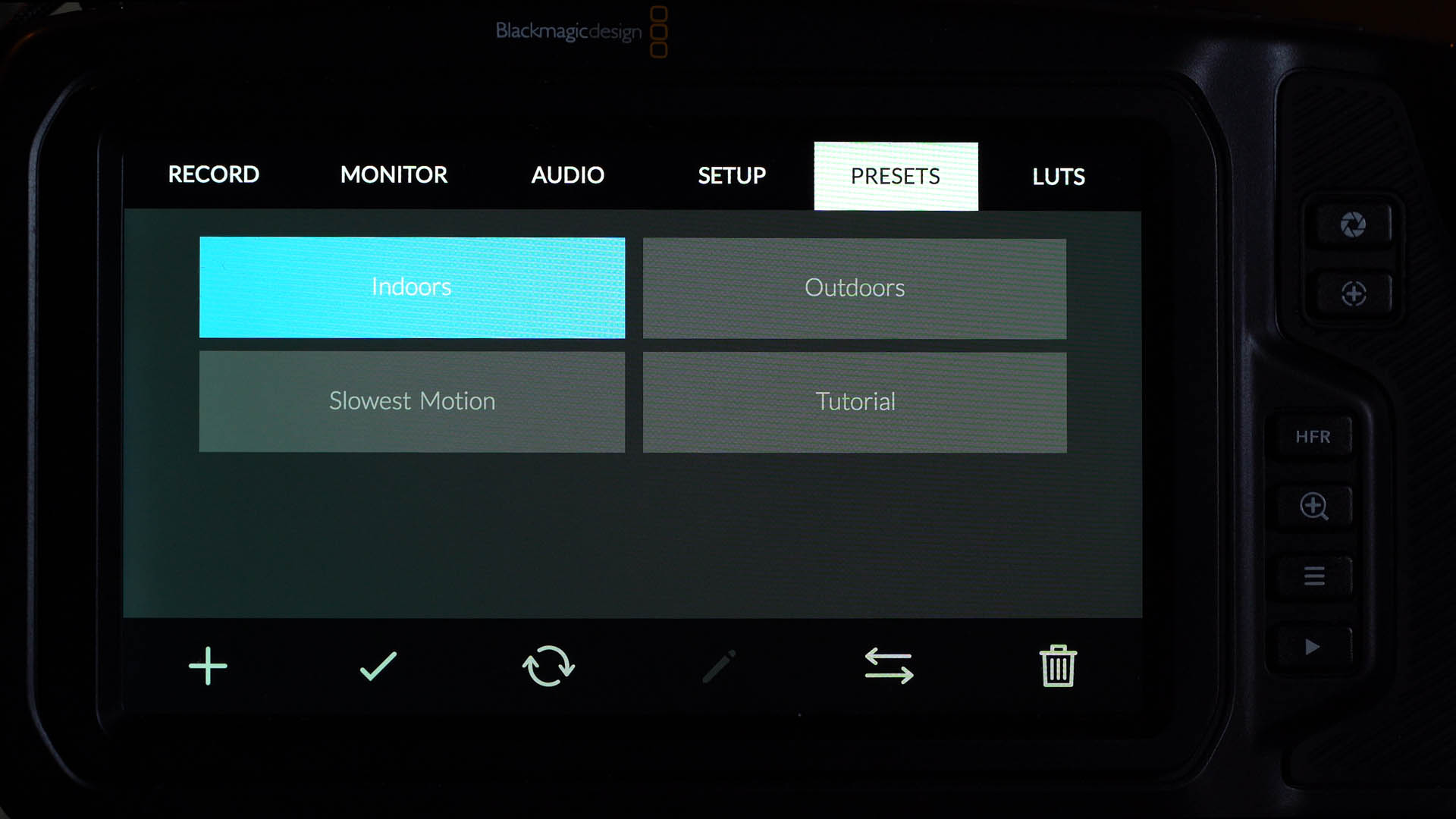
LUTs: film log to extended video, REC.2020 and REC.709
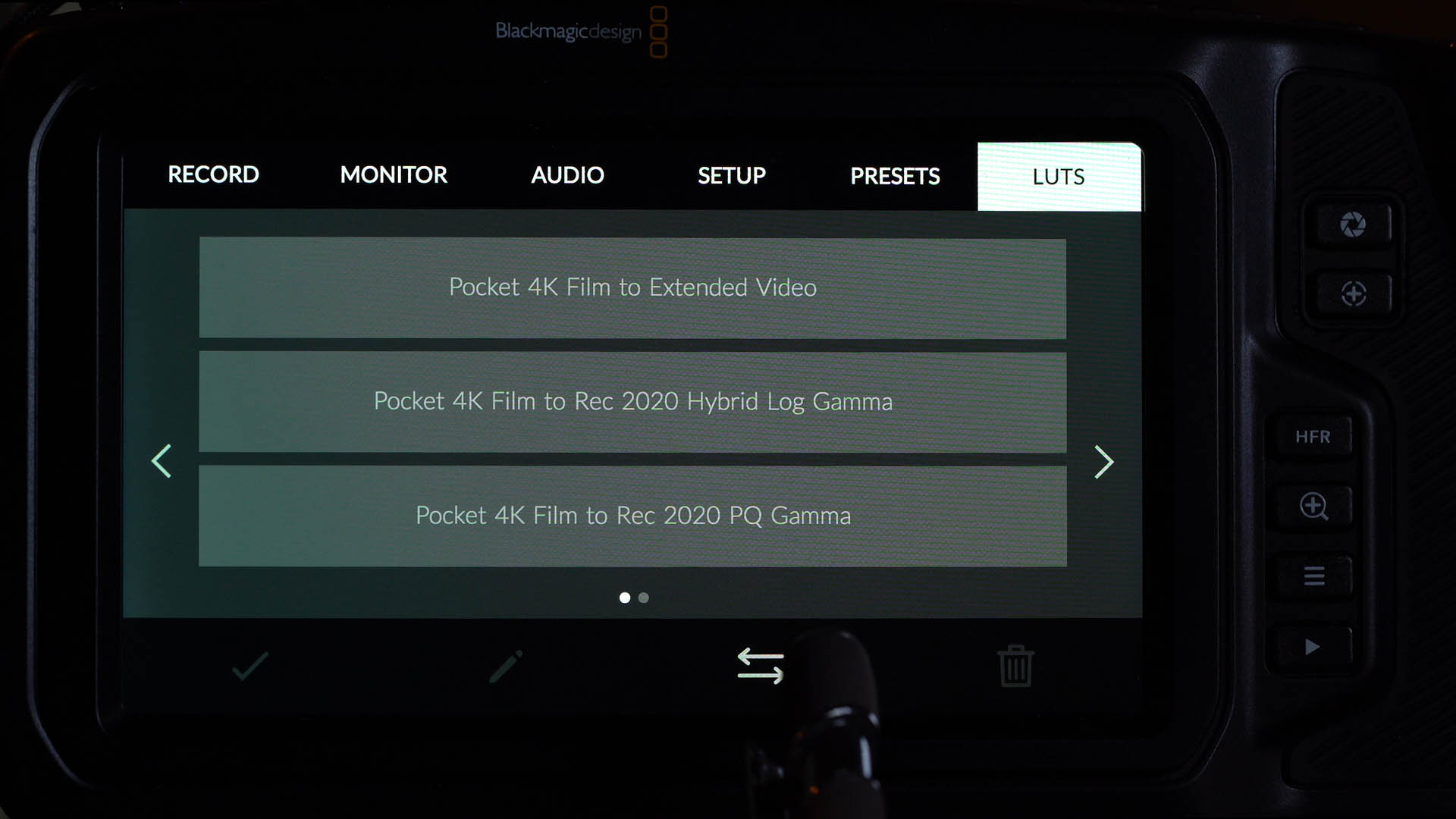
CAMERA BUTTONS: ISO, shutter speed, white balance, record, power
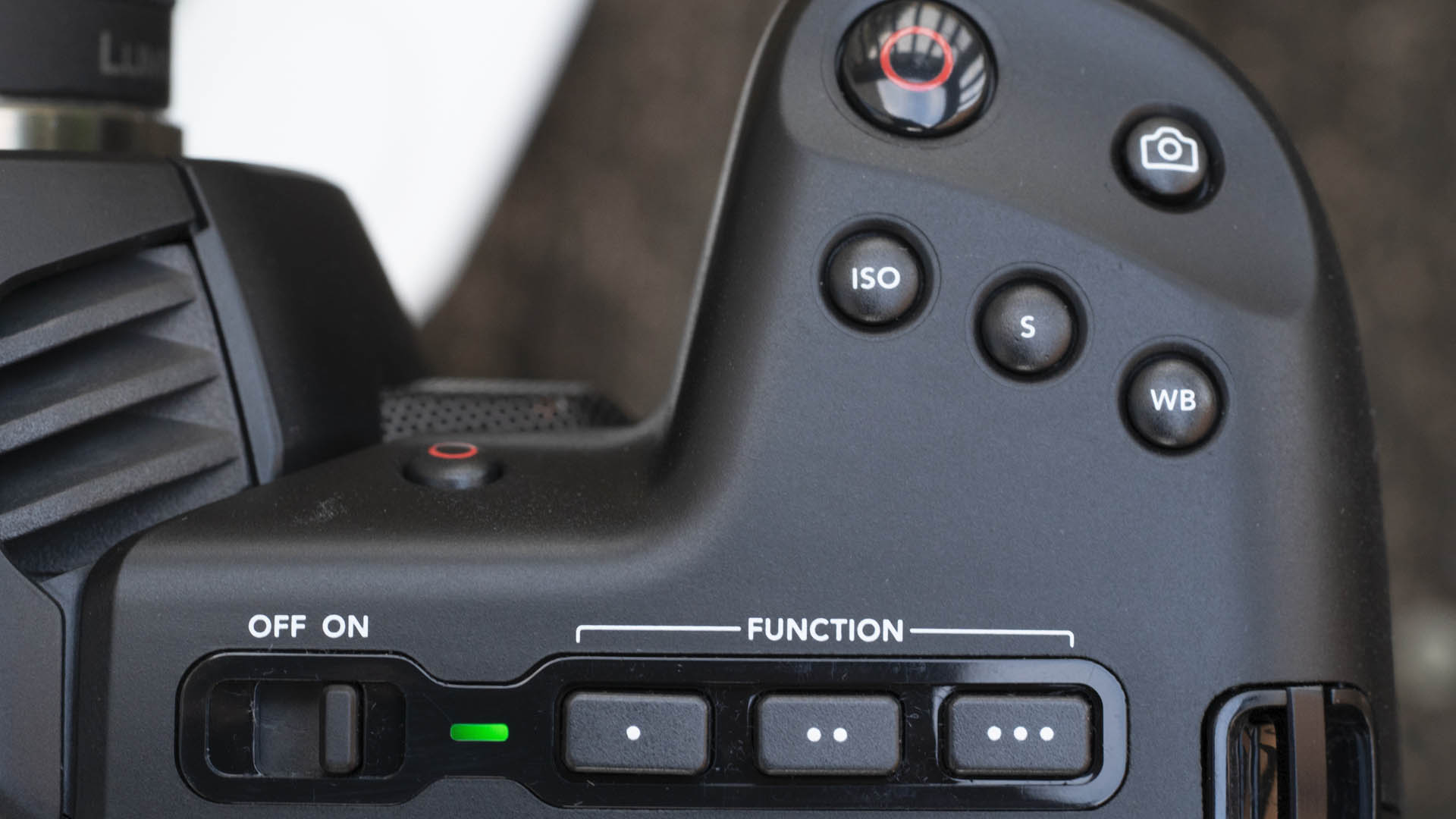
DUAL NATIVE ISO: tests, comparison between 400 ISO mode and 3200 ISO mode
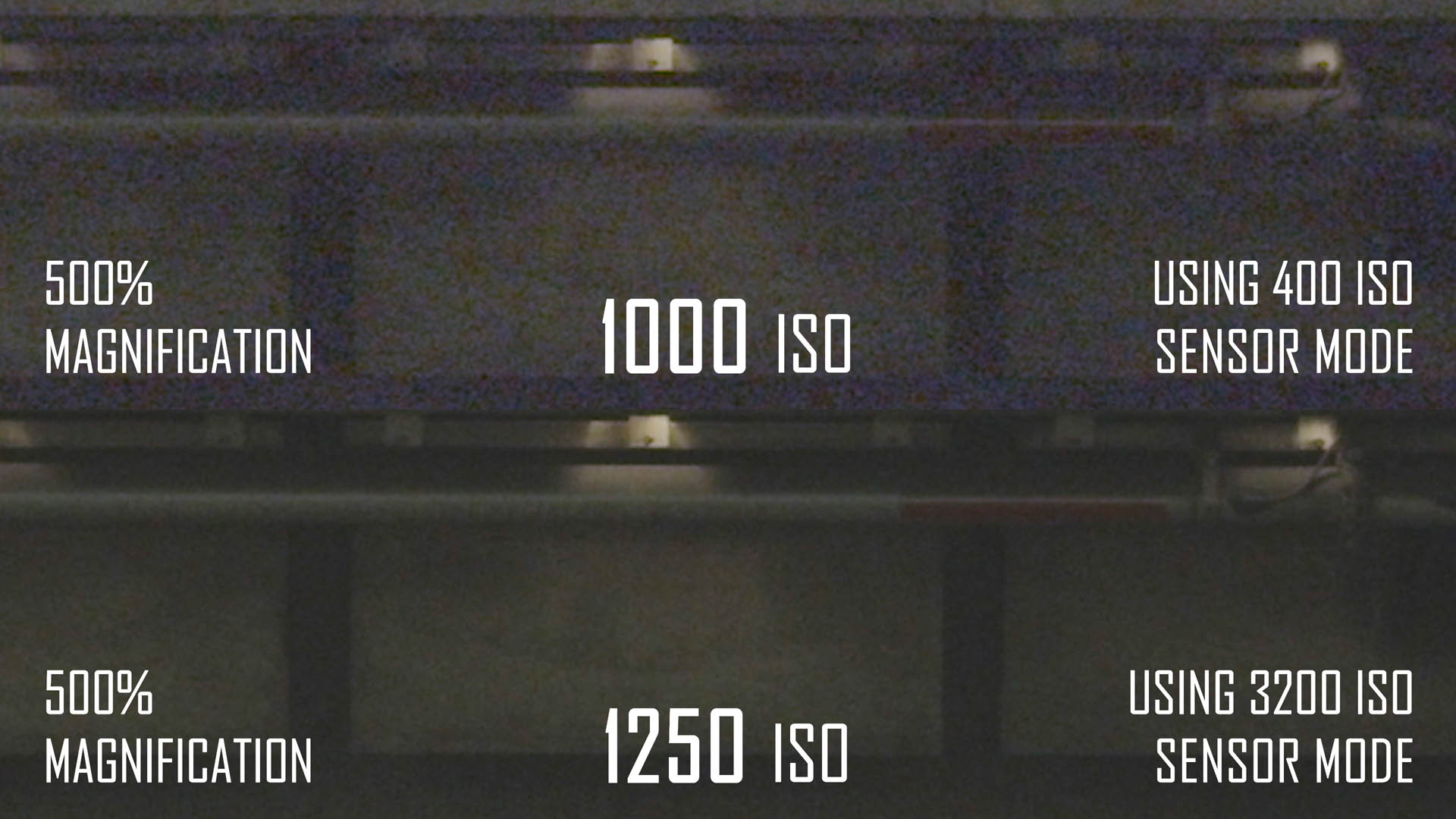
CONCLUSION
